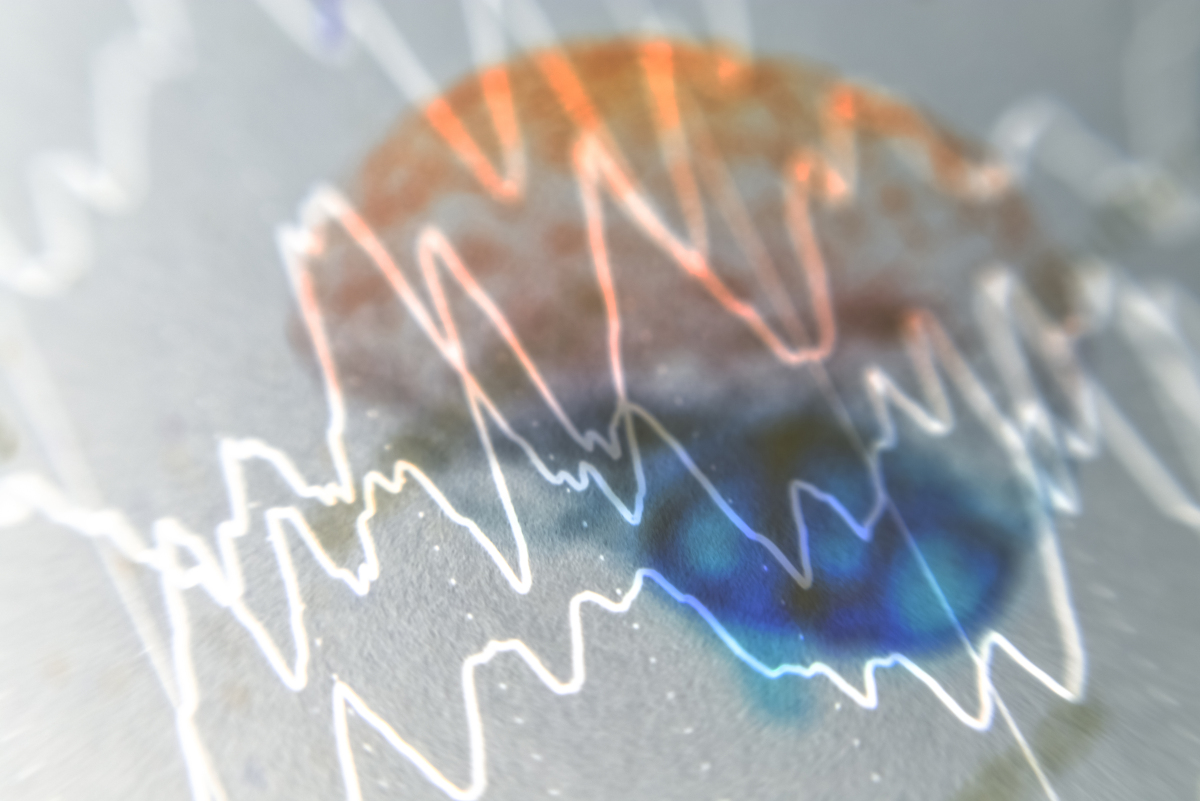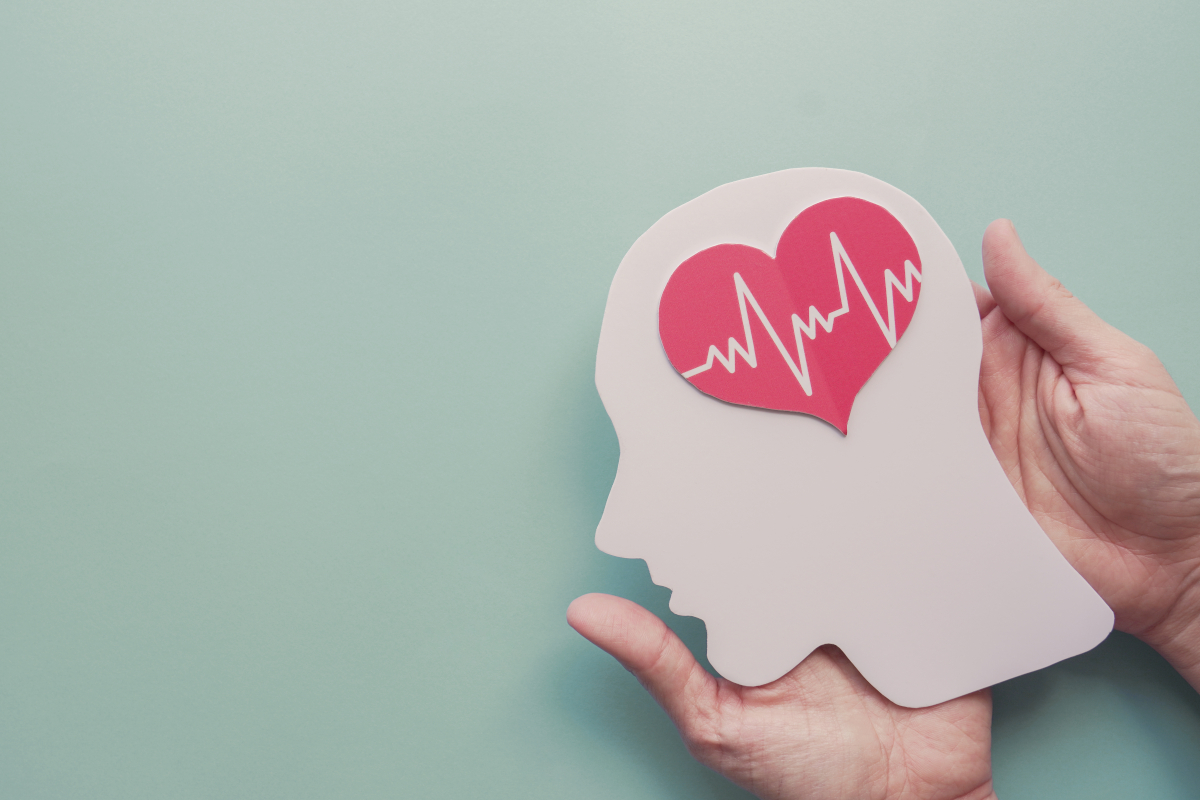Migraine and diabetes: is there a connection?
To work properly, our brain needs a steady supply of energy. Its main fuel is glucose (a type of sugar). Since the central nervous system doesn’t store energy, we need to get regular supplies of glucose from the food we eat. When there’s enough glucose in our blood, our blood sugar level is just right, and the brain gets the energy it needs to do its job properly.
-
References
Antonazzo IC, Riise T, Cortese M, Berge LI, Engeland A, Bernt Fasmer O, Lund A, Joachim Ødegaard K, Poluzzi E, Bjornevik K. Diabetes is associated with decreased migraine risk: A nationwide cohort study. Cephalalgia. 2018 Oct;38(11):1759-1764. doi: 10.1177/0333102417748573. Epub 2017 Dec 17. PMID: 29249165.
Caponnetto V, Deodato M, Robotti M, Koutsokera M, Pozzilli V, Galati C, Nocera G, De Matteis E, De Vanna G, Fellini E, Halili G, Martinelli D, Nalli G, Serratore S, Tramacere I, Martelletti P, Raggi A; European Headache Federation School of Advanced Studies (EHF-SAS). Comorbidities of primary headache disorders: a literature review with meta-analysis. J Headache Pain. 2021 Jul 14;22(1):71. doi: 10.1186/s10194-021-01281-z. PMID: 34261435; PMCID: PMC8278743.
Cavestro C, Rosatello A, Micca G, Ravotto M, Marino MP, Asteggiano G, Beghi E. Insulin metabolism is altered in migraineurs: a new pathogenic mechanism for migraine? Headache. 2007 Nov-Dec;47(10):1436-42. doi: 10.1111/j.1526-4610.2007.00719.x. PMID: 18052953.
Dexter JD, Roberts J, Byer JA. The five hour glucose tolerance test and effect of low sucrose diet in migraine. Headache. 1978 May;18(2):91-4. doi: 10.1111/j.1526-4610.1978.hed1802091.x. PMID: 649385.
Fagherazzi G, El Fatouhi D, Fournier A, Gusto G, Mancini FR, Balkau B, Boutron-Ruault MC, Kurth T, Bonnet F. Associations Between Migraine and Type 2 Diabetes in Women: Findings From the E3N Cohort Study. JAMA Neurol. 2019 Mar 1;76(3):257-263. doi: 10.1001/jamaneurol.2018.3960. PMID: 30556831; PMCID: PMC6440234.
Fava A, Pirritano D, Consoli D, Plastino M, Casalinuovo F, Cristofaro S, Colica C, Ermio C, De Bartolo M, Opipari C, Lanzo R, Consoli A, Bosco D. Chronic migraine in women is associated with insulin resistance: a cross-sectional study. Eur J Neurol. 2014 Feb;21(2):267-72. doi: 10.1111/ene.12289. Epub 2013 Nov 15. PMID: 24238370.
Gur-Ozmen S, Karahan-Ozcan R. Factors Associated with Insulin Resistance in Women with Migraine: A Cross-Sectional Study. Pain Med. 2019 Oct 1;20(10):2043-2050. doi: 10.1093/pm/pnz055. PMID: 30938814.
Haghighi FS, Rahmanian M, Namiranian N, Arzaghi SM, Dehghan F, Chavoshzade F, Sepehri F. Migraine and type 2 diabetes; is there any association? J Diabetes Metab Disord. 2016 Sep 8;15(1):37. doi: 10.1186/s40200-016-0241-y. PMID: 27617234; PMCID: PMC5016935.
Horev A, Wirguin I, Lantsberg L, Ifergane G. A high incidence of migraine with aura among morbidly obese women. Headache. 2005 Jul-Aug;45(7):936-8. doi: 10.1111/j.1526-4610.2005.05162.x. PMID: 15985113.
Islam MR, Nyholt DR. Glucose-Related Traits and Risk of Migraine-A Potential Mechanism and Treatment Consideration. Genes (Basel). 2022 Apr 22;13(5):730. doi: 10.3390/genes13050730. PMID: 35627115; PMCID: PMC9141901.
Marsters JB, Mortimer MJ, Hay KM. Glucose and diet in the fasting migraineur. Headache. 1986 May;26(5):243-7. doi: 10.1111/j.1526-4610.1986.hed2605243.x. PMID: 3721860.
McCarthy LC, Hosford DA, Riley JH, Bird MI, White NJ, Hewett DR, Peroutka SJ, Griffiths LR, Boyd PR, Lea RA, Bhatti SM, Hosking LK, Hood CM, Jones KW, Handley AR, Rallan R, Lewis KF, Yeo AJ, Williams PM, Priest RC, Khan P, Donnelly C, Lumsden SM, O'Sullivan J, See CG, Smart DH, Shaw-Hawkins S, Patel J, Langrish TC, Feniuk W, Knowles RG, Thomas M, Libri V, Montgomery DS, Manasco PK, Xu CF, Dykes C, Humphrey PP, Roses AD, Purvis IJ. Single-nucleotide polymorphism alleles in the insulin receptor gene are associated with typical migraine. Genomics. 2001 Dec;78(3):135-49. doi: 10.1006/geno.2001.6647. Erratum in: Genomics 2002 Feb;79(2):271. PMID: 11735220.
Özcan RK, Özmen SG. The Association Between Migraine, Metabolic Syndrome, Insulin Resistance, and Obesity in Women: A Case-Control Study. Sisli Etfal Hastan Tip Bul. 2019 Nov 20;53(4):395-402. doi: 10.14744/SEMB.2018.09582. PMID: 32377115; PMCID: PMC7192290.
Rainero I, Limone P, Ferrero M, Valfrè W, Pelissetto C, Rubino E, Gentile S, Lo Giudice R, Pinessi L. Insulin sensitivity is impaired in patients with migraine. Cephalalgia. 2005 Aug;25(8):593-7. doi: 10.1111/j.1468-2982.2005.00928.x. PMID: 16033384.
Rivera-Mancilla E, Al-Hassany L, Villalón CM, Maassen Van Den Brink A. Metabolic Aspects of Migraine: Association With Obesity and Diabetes Mellitus. Front Neurol. 2021 Jun 9;12:686398. doi: 10.3389/fneur.2021.686398. PMID: 34177788; PMCID: PMC8219973.
Tian S, Cheng Z, Zheng H, Zhong X, Yu X, Zhang J, Wu L, Wu W. Interaction between diabetes and body mass index on severe headache or migraine in adults: a cross-sectional study. BMC Geriatr. 2024 Jan 19;24(1):76. doi: 10.1186/s12877-024-04657-3. PMID: 38243194; PMCID: PMC10799418.
Wang X, Li X, Diao Y, Meng S, Xing Y, Zhou H, Yang D, Sun J, Chen H, Zhao Y. Are Glucose and Insulin Metabolism and Diabetes Associated with Migraine? A Community-Based, Case-Control Study. J Oral Facial Pain Headache. 2017 Summer;31(3):240-250. doi: 10.11607/ofph.1843. PMID: 28738109.
Wu J, Fang J, Yuan X, Ma L, Zheng L, Lin Q, An X, Wang Z, Ma Q. Associations of type 2 diabetes and the risk of migraine in Chinese populations. Diabetes Metab. 2024 Mar;50(2):101518. doi: 10.1016/j.diabet.2024.101518. Epub 2024 Jan 23. PMID: 38272255.






















